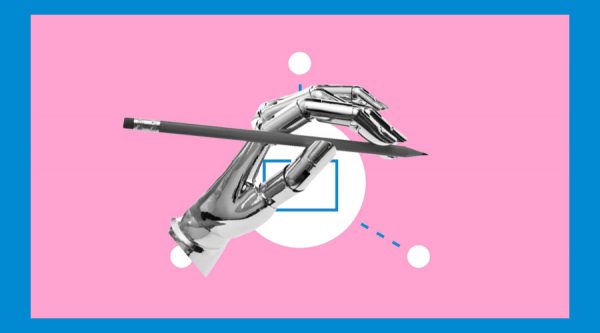FCAS, which is expected to play a significant role in the UK’s future combat air system, is a supersonic stealth fighter with cutting-edge integrated sensing and protection capabilities. The collaborative endeavor between the United Kingdom, Italy, and Japan, the program will primarily rely on millions of lines of code embedded into the aircraft and ground-based equipment.
This emphasizes how important it is that Tempest’s software be incredibly resilient and robust—better than that of possible enemies.
Leading UK combat air businesses and the Ministry of Defence have teamed up with cutting edge experts that specialize in machine learning, artificial intelligence, data science, and computers, according to an official statement released by the Royal Air Force.
The goal of this partnership is to aid in the development of software necessary for the next-generation fighter aircraft. According to the service, the endeavor produced priceless insights on a number of software-related topics, such as requirements, design, delivery, operation, upgrade speed, and maintenance.
These observations are relevant to the fighter jet and the training programs that pilots and maintenance personnel will use to fly and service the aircraft.
The Royal Air Force went on to say that Oxford Creativity, an organization that specializes in a methodical approach to innovation and creative problem-solving, and Outsmart Insight, a deep tech intelligence company, worked together on targeted research including scientists, engineers, and academics.
Specifically, over the course of the program’s multi-decade history, the most difficult software development difficulties were addressed by this research.
Developing adaptable techniques for overseeing computer resources, defining the function of reliable artificial intelligence, investigating techniques for software reuse, and improving software reliability in general were some of these issues.
Partners in Team Tempest are working with UK academics to carry out more focused research in light of the findings. Supporting the creation of more robust software is the aim, in line with the program’s vision of a modern, effective, safe, and dynamic software delivery ecosystem.
Software’s Fundamental Role in Developing the Sixth-Generation Fighter Jet
All parties involved view the development of the next generation of fighter jets as essential to resolving security concerns, especially in light of the growing military power of China near Japan and the increased aggression of Russia in Europe.
Nonetheless, the software is essential to the construction of sixth-generation fighter aircraft. Its advancement is essential to the aircraft’s long-term capabilities, as well as to its overall performance, versatility, and efficacy in a range of operating situations.
The MoD’s FCAS Program Director, Air Commodore Lowe, emphasized the crucial role that software plays in the Tempest program. He noted that software upgrades on a regular basis are necessary to react to the changing operational scenario.
But he also emphasized the significant hazards that come with developing software. According to Lowe, current events have demonstrated the risks associated with implementing software poorly, in contrast to the significant advantages of executing it well.
According to him, the people who deploy the software are just as important to the aircraft’s operational capabilities as the people who maintain or fly them.
The program enables next-generation fighter jets to perform activities like in-flight decision-making, threat identification, and target engagement automatically, given the growing integration of AI and autonomous characteristics in these aircraft.
For instance, the US has already revealed that real-time software updates for its hardware are a feature of the Next-Generation Air Dominance (NGAD) aircraft. This will enable the aircraft to quickly fix software issues or enable new features while in the air.
It was disclosed by the US Air Force that the NGAD fighter uses a different methodology in which its flight-control software is isolated from the rest of the aircraft computer system.
Software for networking, communication, radar, electronic warfare, weapon control, and other tasks is included in this division.
Because of the NGAD’s separated software design, substantial flight tests are not required following major software upgrades, unlike modern fighters that integrate all software on a single central computer system.
This simplifies the updating procedure by lowering the possibility of unanticipated effects on the flight controls of the aircraft.
As a result of the certainty that the flight control software operates independently within predetermined parameters, software updates can be applied to the NGAD and possibly all other Air Force aircraft in the future with minimal need for additional flight testing.
The overall goal of this strategy is to greatly increase military aircraft software updates’ efficiency and responsiveness.








